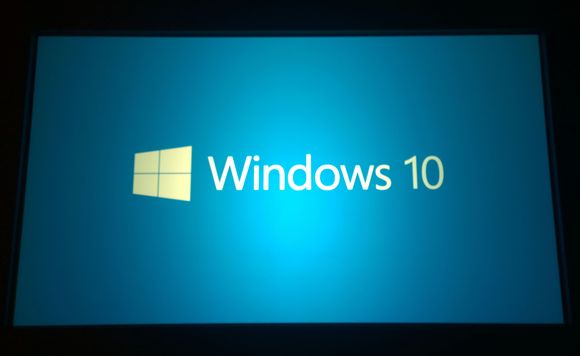 Microsoft recently announced that it would soon make some changes in the Windows 10 preview programme as its engineers push toward the July 29th launch of the final code to customers.
Microsoft recently announced that it would soon make some changes in the Windows 10 preview programme as its engineers push toward the July 29th launch of the final code to customers.
As of the next build to the Windows Insider programme, Microsoft will require that participants associate their Microsoft Account — typically the same username and password combination for accessing company services such as Outlook.com, OneDrive and Skype – with the preview on their PC.
In a blog posted by Gabriel Aul, Engineering General Manager for Operating System Group, Microsoft, he said, “You’ll need to connect the MSA [Microsoft Account] that you registered for the Windows Insider Programme with (and accepted the ‘Microsoft Windows Insider Programme Agreement’) in order to continue receiving new Windows 10 Insider Preview builds (both Fast and Slow rings) from Windows Update.
Most testers have already done so, but those that have no need to toe the line. “We’re introducing new infrastructure in Windows Update to help us deliver new builds more effectively to Windows Insiders, and ensure that we’re flighting builds to people who have registered and opted into the programme,” added Aul.
Part of that move is due to the impending release of Windows 10, another to the fact that Microsoft will – contrary to past practices with beta programmes – continue Insider after the initial launch.
Insider will then become Windows 10’s fastest release “branch” — Microsoft’s label for the multiple update cadences it will offer users — and receive new features, functionality and UI (user interface) and UX (user experience) changes before those on other tracks. Within Insider, users can select from different “rings” — subsets that denote how rough-edged the builds are — as they will be able to do if updating on the other tempos, “Current Branch” and “Current Branch for Business.”
Aul also reiterated what he had said previously on Twitter, that Insider participants would receive the July 29th first stable release starting that day.
“As long as you are running an Insider Preview build and connected with the MSA you used to register, you will receive the Windows 10 final release build and remain activated,” Aul said. “Once you have successfully installed this build and activated, you will also be able to clean install on that PC from final media if you want to start over fresh.”
Constant questions from participants about those aspects of the preview have generated confusion, as different Microsoft support representatives gave conflicting answers on the firm’s support discussion forums, and some blogs repeated the contradictory information.
Aul’s comments will not apply to those who have been running the Windows 10 Enterprise version of the preview, however. That SKU (stock-keeping unit), as opposed to the Windows 10 Home and Windows 10 Pro editions, is not eligible for the free upgrade to the final code. Instead, users must download and activate Windows 10 Enterprise from their volume licensing account, which is generally controlled by IT staff.
Windows 10 Enterprise will be available only to organisations and enterprises that have a current Windows volume licensing agreement that includes Software Assurance, the commercial annuity-style program that, among other benefits, allows for free OS upgrades.
Because Microsoft will continue to update the Insider branch after the stable release next month — and since Aul promised that the preview would “remain activated,” Redmond lingo for a legitimate license — the company has left open a loophole that users can leverage to obtain Windows 10 for free, even if they don’t have an eligible copy of Windows 7 SP1 or Windows 8.1 Update on their device.
Although the loophole is reminiscent of ones Microsoft left open in the past, it’s considerably less important because Microsoft will allow Windows 7 Home Basic, Home Premium, Professional and Ultimate, as well as Windows 8.1 and Windows 8.1 Pro, to upgrade to the corresponding version of Windows 10 free of charge for one year following the July 29 debut.
Still, some users can take advantage of the preview to equip older-but-still compatible PCs — those running Windows Vista or perhaps even XP – and virtual machines with a free copy of Windows 10 now, and be assured of post-launch updates, without having to fork over $119 to $199 later for a retail copy of the new OS.
Aul did not say when the next Insider build would be issued, mentioning only “soon.” The current build 10130 shipped May 29, although several subsequent builds have leaked to the Internet, including 10147 last week. That build included the name change for the bundled browser, which was once called Project Spartan but officially tapped as Edge in late April.
Users can sign up with the Insider programme and download and install Windows 10, including via an .iso format disk image suitable for installing in a virtual machine, from Microsoft’s website.





